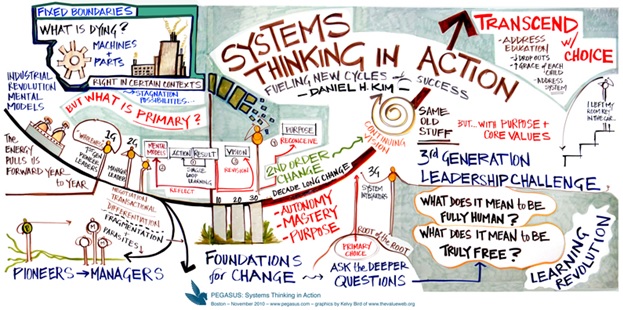
This article talked about metrics in the gaming industry. Trevor McCalmont, Content crafter and analytics buff at GameAnalytics talked about 3 big factors that go into measuring online gaming apps. The basics, which is how many daily active users there are, how many sessions are made, the ratio of daily active users and monthly active users, retention, and churn. What I found most interesting about this section was the DAU/MAU ratio. This measured the how many users are roughly playing the game and how many users log into the app. He stated that social networking sites see about 50% in this ratio compared to games that see 20%. This made me wonder why. I feel like if more games were free to play and more of a grind to get better more players will download it to feel the satisfaction of hard work. He also stated that when free to play games add micro-transactions to gain competitive advantages people are more likely to play more. Speaking of micro-transactions. He also talked about monetization. The conversion rate stuck out to me the most because. He stated if a game offers a an incredible in game item that makes the player happy but they can only upgraded by in game purchases the player will most likely buy the upgrades. I believe that this is the way that the gaming industry is going to go because it gets people in the door faster and its addicting when you have to upgrade you’re in game items, in my opinion. Lastly there was in game metrics. Source, sink, flow. Source is where you can earn virtual currency, flow is where you spend it, and flow is the total balance. This is just how a society works. I play FIFA where you earn coins by playing and can spend the coins on different players that you want. But as he states he if its too easy to earn virtual currency than there would be no reason to monetize. So what FIFA did is if win you get a high reward and if you lose you get a lessened reward. So the goal is to get better so you can win and buy better players.
I thought this was very interesting because I play a lot of video games with virtual markets in there and this article helped me understand how developers and companies measure there games.
https://gameanalytics.com/blog/metrics-all-game-developers-should-know.html
 Poker is a game that requires complex decision-making in order to be successful. Should I play this hand? How much should I bet? Can I call my opponent’s bluff? In the Ted Talk linked below, Liv Boeree applies the main aspects of poker decision-making (luck, quantification, and intuition) to everyday life. The three components of decision-making can be applied to one’s professional career as well.
Poker is a game that requires complex decision-making in order to be successful. Should I play this hand? How much should I bet? Can I call my opponent’s bluff? In the Ted Talk linked below, Liv Boeree applies the main aspects of poker decision-making (luck, quantification, and intuition) to everyday life. The three components of decision-making can be applied to one’s professional career as well. 


